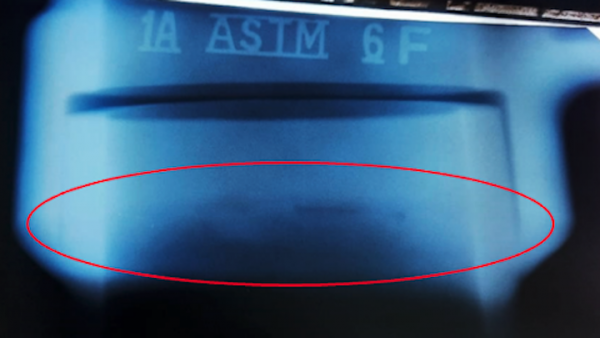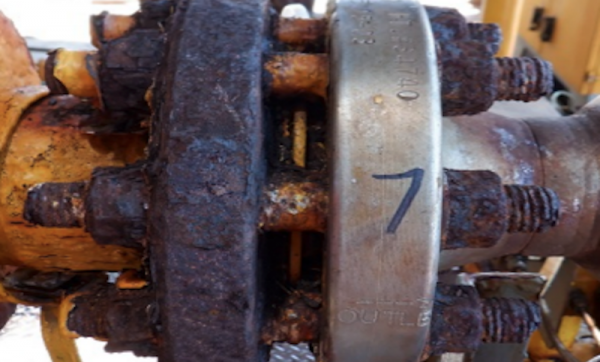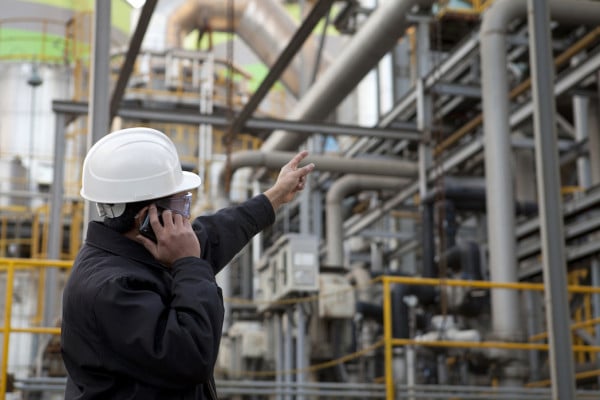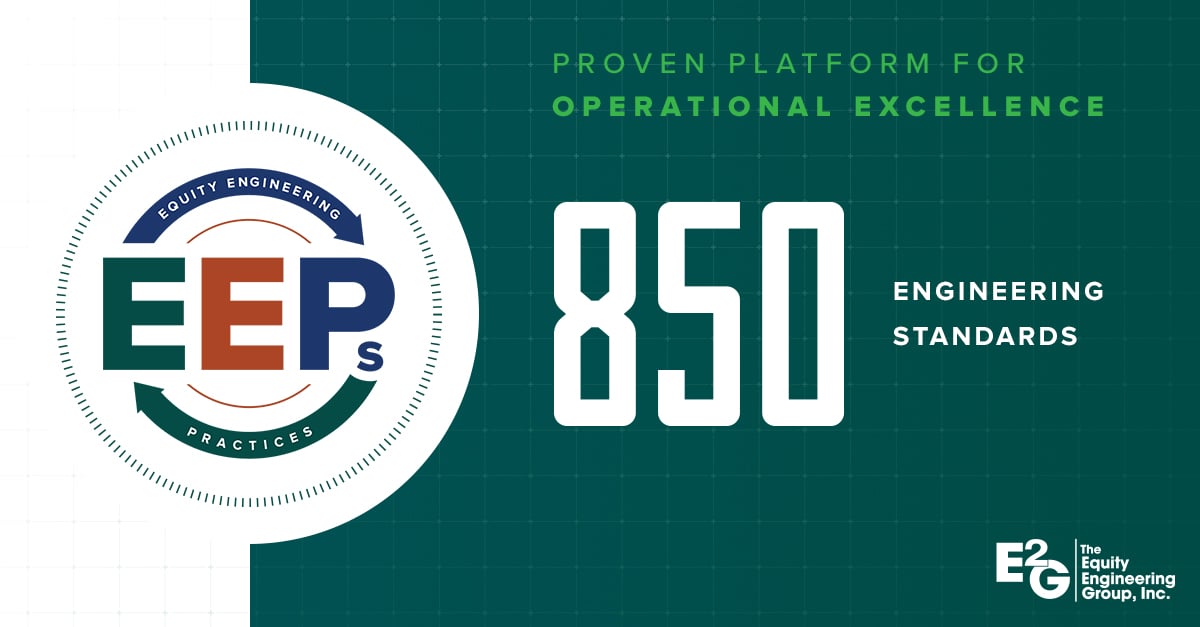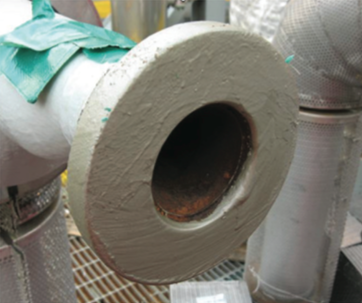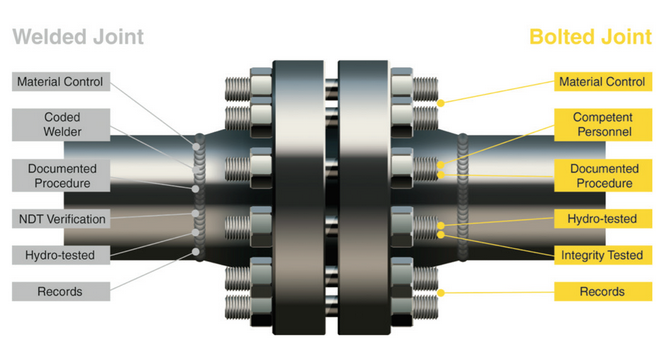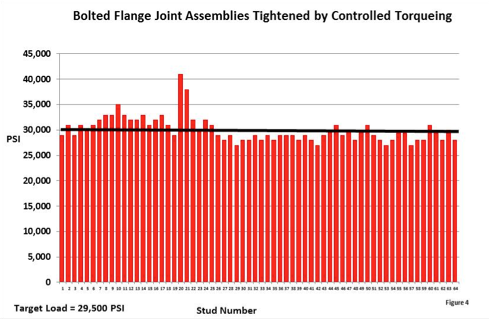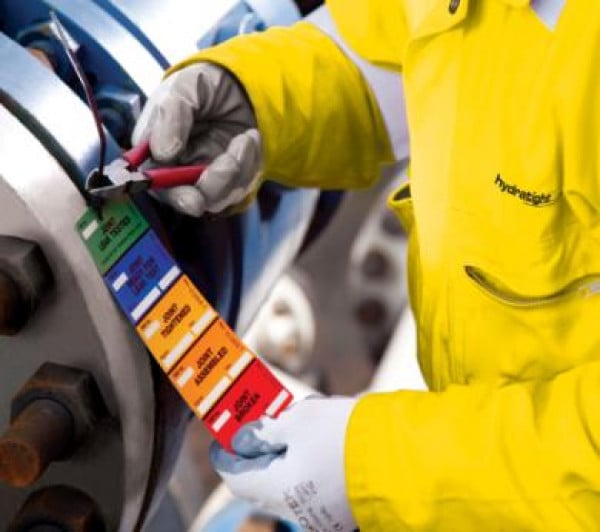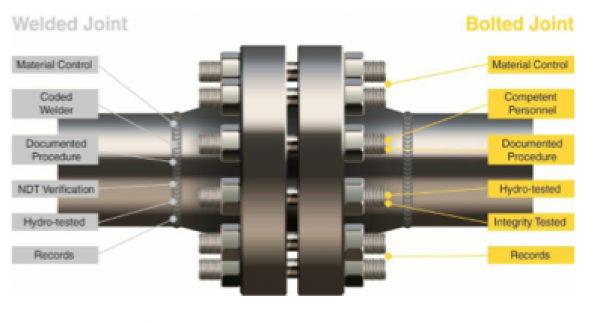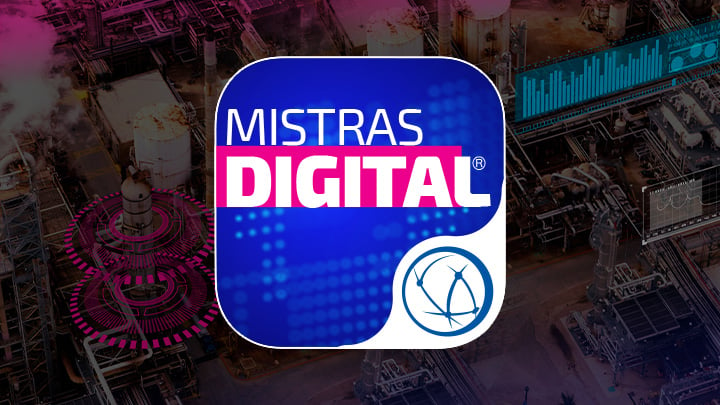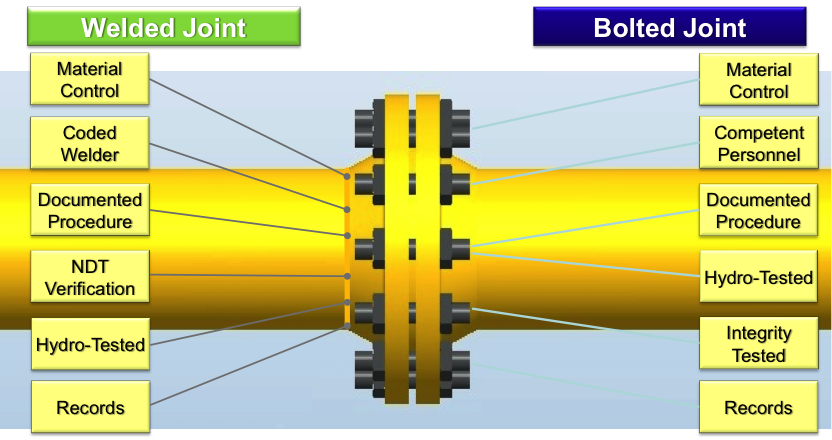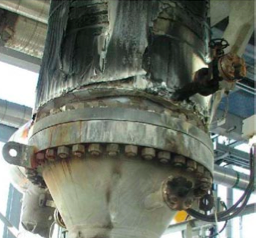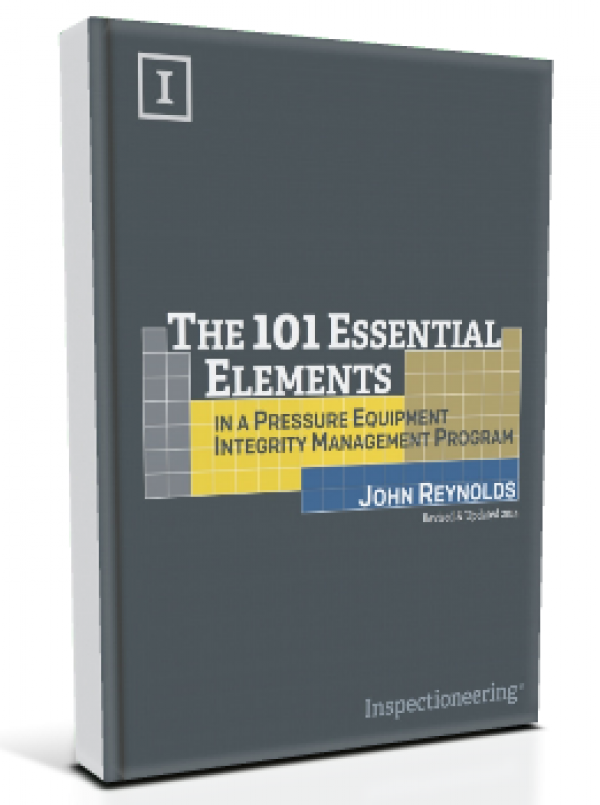Preventing leaks is extremely important for operators in the oil and gas and chemical processing industries. Joint Integrity Management is the practice of designing, inspecting, and maintaining bolted joints to prevent the occurrence of leaks, which can lead to delayed production, unplanned shutdowns, and process safety incidents. When leaks do occur, they can often be very costly. Thus, operators should always be looking for ways to prevent them from occurring in the first place.
There are several essential elements in an effective joint integrity management program. They are:
- Ownership,
- Best Practices,
- Criticality Assessments,
- Proper Training,
- Record Keeping,
- In Service Inspections,
- Leak Management, and
- Learning and Continuous Improvement.
When it comes to ownership, every joint integrity management program should have an established owner. This person needs to be responsible for implementing the program and carrying out periodic maintenance. They also need to be in charge of setting expectations for the program and monitoring its effectiveness. Next, it’s important to encourage the use of best practices when constructing joints. After construction, all joints should undergo criticality assessments. This helps to determine what types of inspection and testing they will need. Everyone involved with the program should be properly trained. They should know why the integrity management program is in place and how it works. Likewise, any personnel who inspect, repair, or install the joints should be properly trained in their job. Proper records should be kept on all activities performed on all joints. Having this information is helpful for future inspections and maintenance activities. In-service inspections are important for any joint integrity management program. Everyone involved with the management program should be trained to effectively gather data on the joints.
This information should be reviewed regularly in order to establish trends. Ultimately, the point of all of these tasks is to preserve the integrity of the joint and to manage and prevent leaks. Beyond just prevention, another significant part of leak management is dealing with leaks when they occur. This includes both repairing the leak and determining why it happened.
Finally, it is important to periodically review the leak reports, inspection data, and system records. This should be done in order to determine how effective the system is and how it can be improved in the future.
Relevant Links
Topic Tools
Share this Topic
Contribute to Definition
We welcome updates to this Integripedia definition from the Inspectioneering community. Click the link below to submit any recommended changes for Inspectioneering's team of editors to review.
Contribute to Definition


